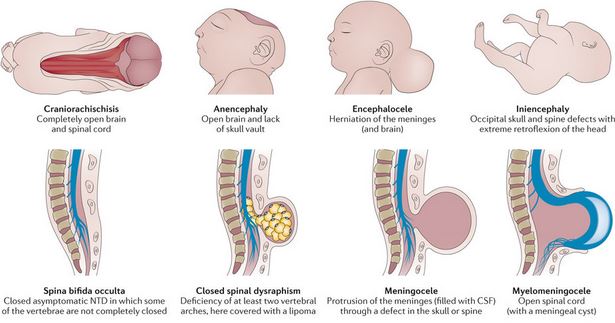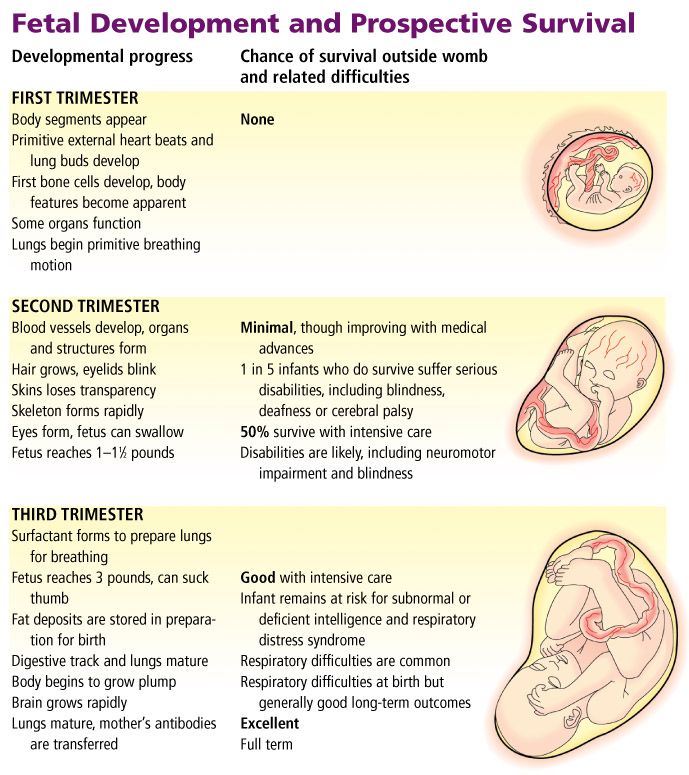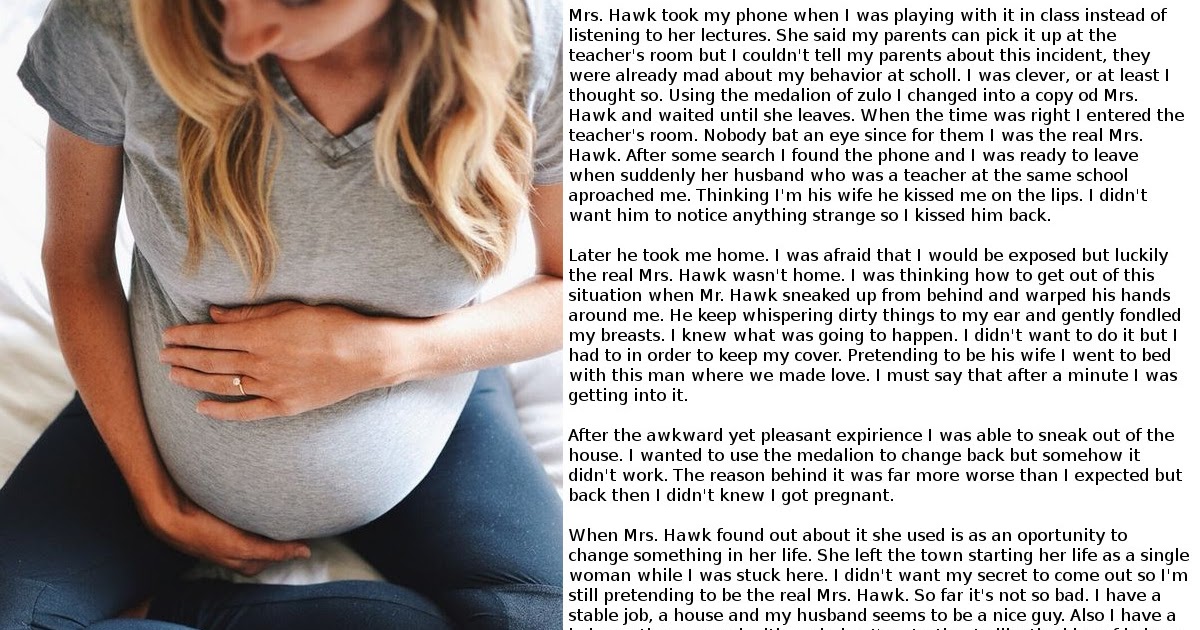How phonics helps your child to read
10 Key Benefits of Phonics Education with Children – Literacy Project Foundation
As a parent, one of the most important things in life is seeing your child do well in school and life, and one key stepping stone on this path is becoming a good reader. For teachers, it is all the same, as The Department of Education states that deploying a phonics education at an early age can also help children develop culturally, socially, and emotionally. Research shows that phonics when taught correctly is one of the most effective ways of teaching children to learn to read, and can lay a proper foundation for the success of a child. This article will further cover the top benefits of phonics education with children.
Reading exercises the brain.
Reading in itself is a complex mental task that helps increase a young reader’s intelligence by building new neural pathways in the brain. Phonics allows children to see letters written on a page and provides them with the tools to understand it properly. Beyond reading and writing, it helps children develop general thinking skills such as probabilistic reasoning and reasoning by analogy.
Children who practice reading often through phonics, get better.
The old saying “practice makes perfect” ties in well with phonics, as it is an important tool for children to develop reading fluency. Over time, children are able to develop into fluent readers who can quickly recognize familiar words and easily sound out new words they encounter.
Sound to symbol recognition becomes faster
A child who learns reading through phonics will have excellent phonemic awareness – which is the ability to hear, identify, and manipulate letter symbols with their appropriate sound.
Reading builds a child’s patience and concentration.
Most of the time while a child practices reading, they are required to sit still and quietly so that they can focus on the task at hand. They also become better students by following a teacher’s instruction over time.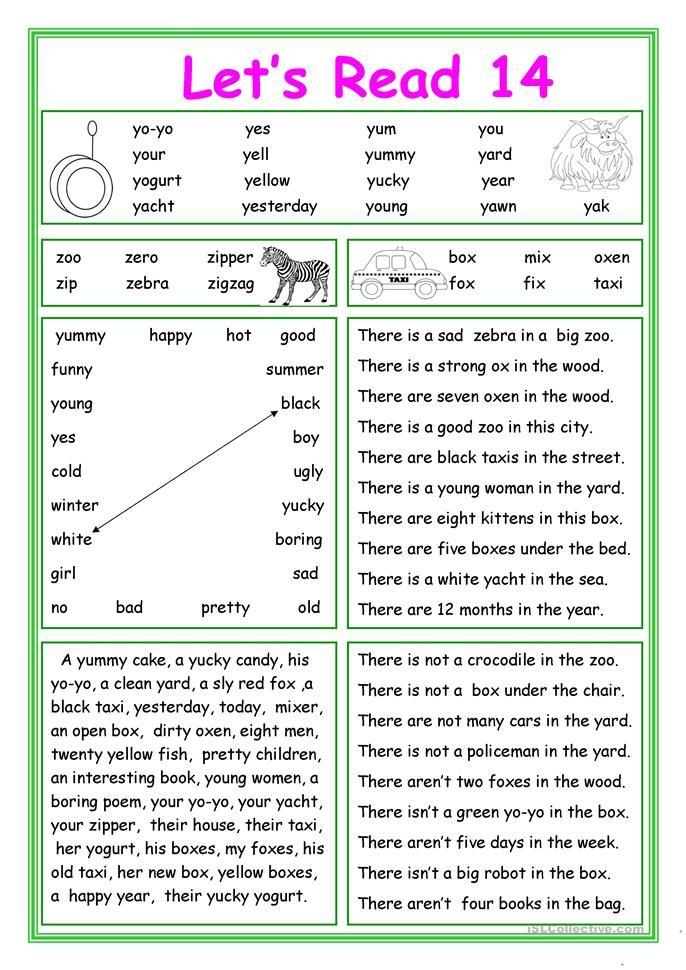
Reading improves grasp of vocabulary and language.
Extensive reading helps children broaden their vocabulary and general knowledge. Phonics allows young readers to develop their reading comprehension and decode new words as they read. With practice, this action becomes so automatic that they are able to easily understand the overall meaning of words while they are reading.
Phonics education helps children be imaginative and empathetic
As children develop their reading skills and learn about people, places, and events outside of their own experience, they begin to imagine how they would feel in that situation. They see the world with new eyes and can better visualize the descriptions of what they read.
Sounding out unfamiliar words is easier
Donald R. Bear, Marcia Invernizzi, Shane Templeton and Francine Johnson, authors of “Words Their Way,” mention that teaching phonics allows students to find the regular patterns of words, and connect them for easier reading.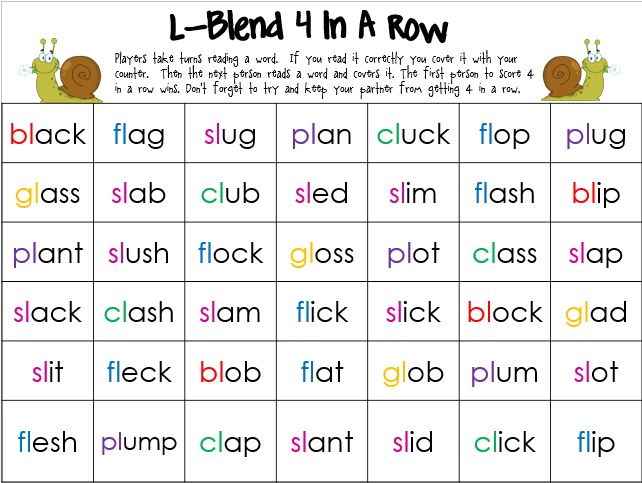 Unfamiliar words are easier for unravel as children develop their phonemic awareness.
Unfamiliar words are easier for unravel as children develop their phonemic awareness.
Children learn syllable structure
A student who learns phonics becomes more familiar with syllable structure. For example, acknowledging that a closed syllable will end in a consonant and have a short vowel, while an open syllable will end in a vowel that makes a long sound. English structures become clearer and easier to understand through phonics education.
Higher reading skills result in better success in school.
Through Phonics education, children become more active with their reading, which also promotes achievement in other subjects, not just English. Children can better grasp other types of knowledge across their curriculum.
The learning experience is fun!
Teaching phonics is often designed to be fun and engaging for children. For example, games are often tied to lessons, and the visuals which accompany the lessons are usually very vibrant. This approach is meant to enhance the learning experience, and ultimately results in better overall development of reading and writing skills.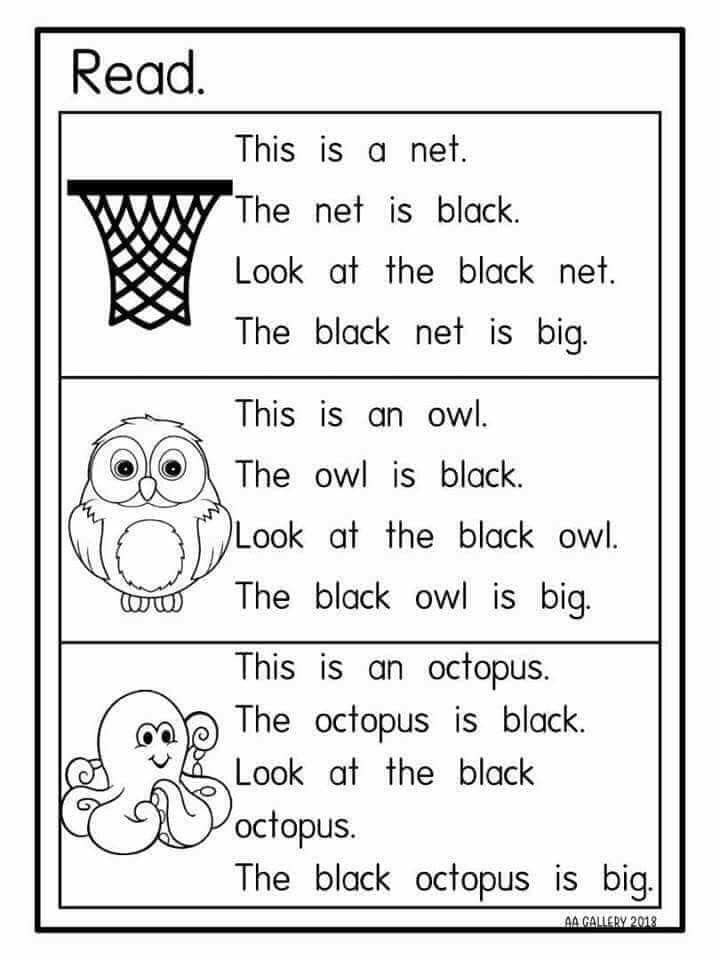
Of course, all children are individuals, each with their own learning styles. Phonics education is one method that can be incorporated into a complete, well-rounded reading program that encourages visual learners to recognize whole words by sight, and creates opportunities for extensive reading and creative writing. The Literacy Project (TLP) aims to bridge the literacy gap of emerging 2nd-graders, by introducing programs to remove the impediment of illiteracy and foster a life-long love of reading.
Discover how you can help your child read better today.
what is phonics and why is it important?
The efficacy of phonics as a method of teaching has been debated for several decades, and has recently come back to the forefront of public debate.
This time, the focus is on the phonics check – a screening tool designed to identify early readers who may be in need of intervention, and provide some indication of how successful current phonics teaching methods are.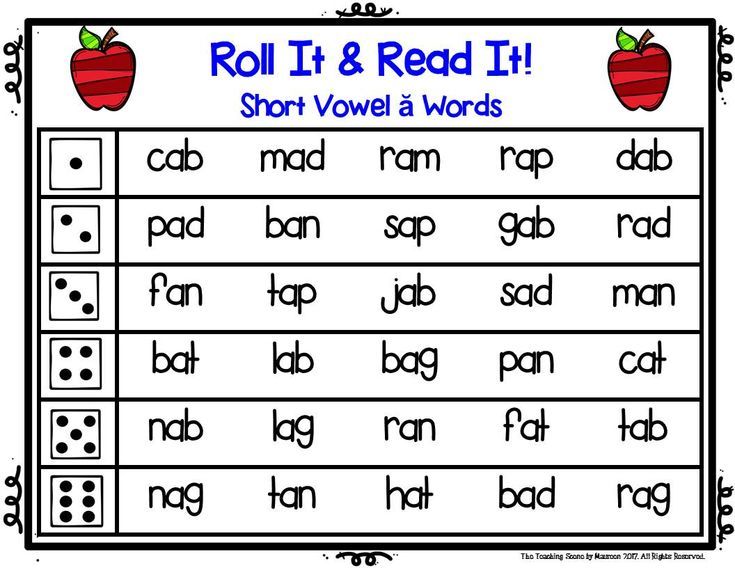 The UK has been using the Phonics Screening Check (PSC) since 2012, and now there is a push to implement a trial of the same check in Australia. This has raised some concerns.
The UK has been using the Phonics Screening Check (PSC) since 2012, and now there is a push to implement a trial of the same check in Australia. This has raised some concerns.
So what’s the fuss about phonics?
What is phonics?
Scientific studies have repeatedly found that explicit systematic phonics instruction is the most effective way to teach children how to read. Without it, some children will end up having serious reading difficulties. But what is explicit systematic phonics? Let’s break this term down.
Phonics – teaching children the sounds made by individual letter or letter groups (for example, the letter “c” makes a k sound), and teaching children how to merge separate sounds together to make it one word (for example, blending the sounds k, a, t makes CAT). This type of phonics teaching is often referred to as “synthetic phonics”.
Explicit – directly teaching children the specific associations between letters and sounds, rather than expecting them to gain this knowledge indirectly.
Systematic – English has a complicated spelling system. It is important to teach letter sound mappings in a systematic way, beginning with simple letter sound rules and then moving onto more complex associations.
The term “phonics” has been used quite loosely by several reading programs, with some straying from these fundamental principles.
For example, some programs, such as Embedded Phonics, teach phonics by asking children to guess unfamiliar words using cues, such as the meaning of a word gleaned from sentence context.
Other programs ask children to look at words (for example, pig, page, pen all start with the same sound) and learn letter-sound rules by analysing or making comparisons between those words (analogy or analytical phonics).
These programs are not as effective as those focusing on letter-sound knowledge taught in an explicit and systematic fashion.
Why is it important?
Phonics instruction teaches children how to decode letters into their respective sounds, a skill that is essential for them to read unfamiliar words by themselves.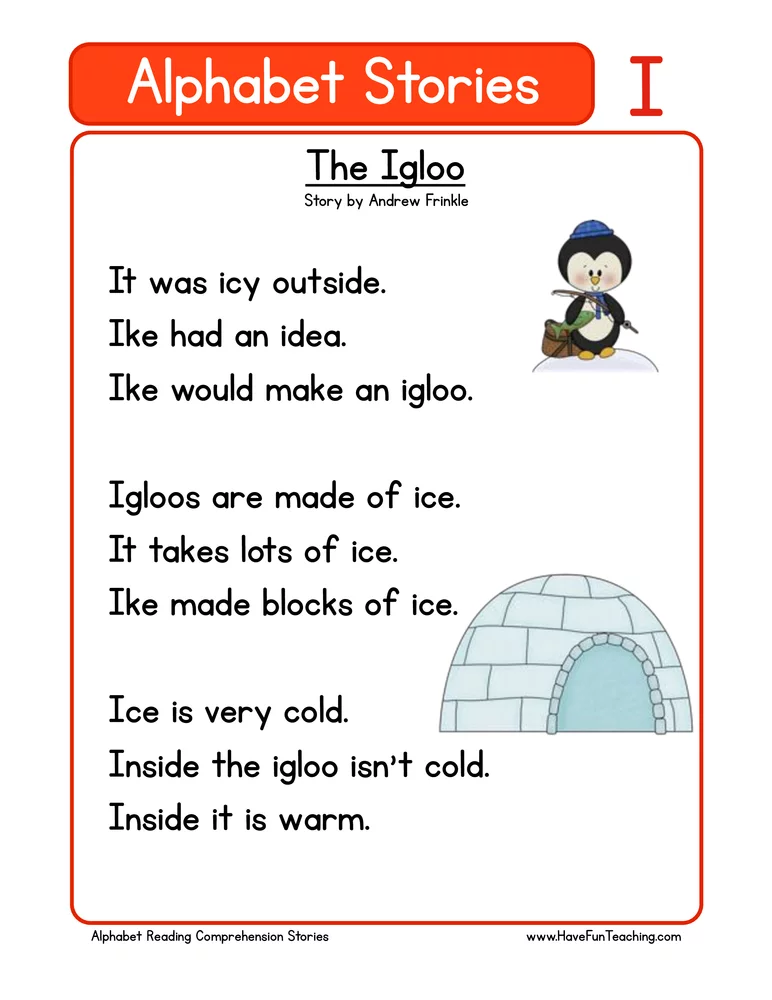
Keep in mind that most words are in fact unfamiliar to early readers in print, even if they have spoken knowledge of the word. Having letter-sound knowledge will allow children to make the link between the unfamiliar print words to their spoken knowledge.
Another aspect that is rarely discussed is that the letter-sound decoding process itself is a learning mechanism. For example, make a mental note of how you feel when reading the following words:
Wingardium Leviosa
When you first read these words, you probably used your letter-sound knowledge, which involved two important processing stages:
1) It helped you produce the correct sound of an unfamiliar print word. If you’re a Harry Potter fan, the pronunciation also probably lit up connections to the meaning of the word.
2) It drew your attention to the details and the combination of the letters of the word.
These two steps then function as a learning mechanism, allowing you to recognise the previously unfamiliar word quicker the next time around (go back to read the words again and see how you feel about them now).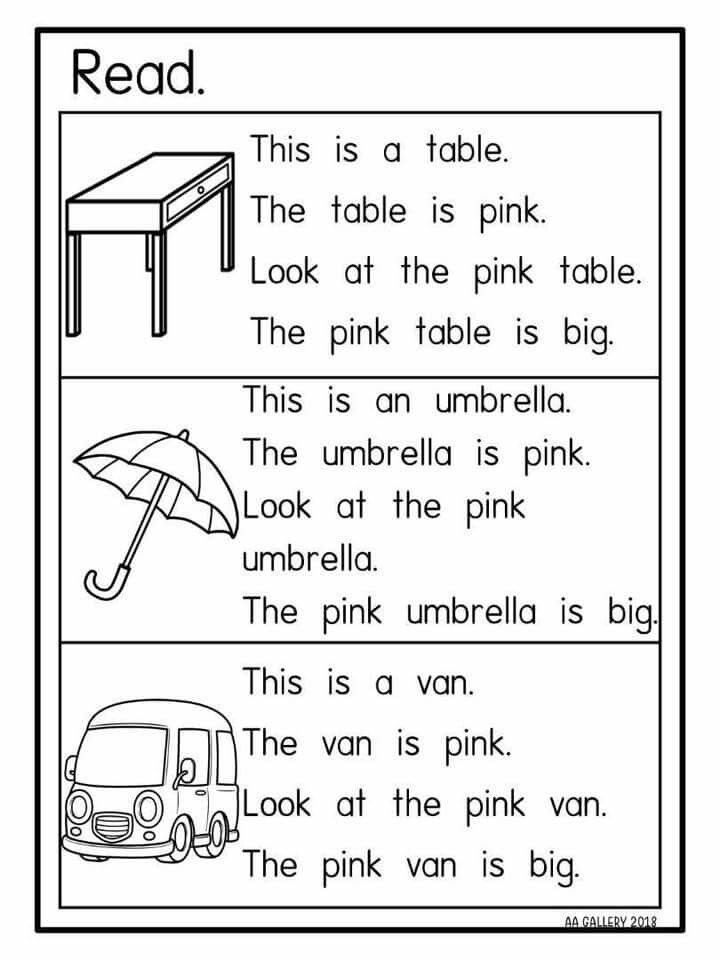
This transition from slowly sounding out a word, to rapidly recognising it, is what we call “learning to read by sight”. Every reader must make this transition to read fluently.
It is true that there are many English words, such as yacht and isle that do not follow typical letter-sound rules. Even then, research has shown that children can still learn these words successfully by decoding some parts of the word (y … t for yacht), with help from spoken vocabulary knowledge to facilitate the learning.
Phonics is important not only because this knowledge allows children to read on their own, but it is also a learning mechanism that builds up a good print word dictionary that can be quickly accessed.
Will it really improve reading?
Recent National Assessment Program – Literacy and Numeracy (NAPLAN) results have shown no improvement in reading and writing skills despite much government funding.
The Program for International Student Assessment (PISA) results demonstrated a steady decline in children’s reading ability in Australia since 2000.
So will more effective phonics instruction really help to improve these results?
Of course, reading effectively (whether to learn or for pleasure) is not just about phonics or having a decent store of single words.
Functional reading requires several other skills such as good vocabulary, the ability to extract inferences, and synthesise and hold information in memory across several sentences. But if your single word reading is not efficient, comprehension is going to be dramatically affected.
If we use building a house as an analogy, understanding text is the complete home; single word reading ability is the structural frame of the house, and phonics is the foundation of that frame.
Effective phonics instruction is important because letter-sound knowledge is the foundation needed to build up reading and writing abilities.
The phonics screening check will indicate whether children have gained the necessary skills. If not, schools need to review current methods of teaching and implement methods that stick with evidence-based principles of explicit, systematic phonics teaching.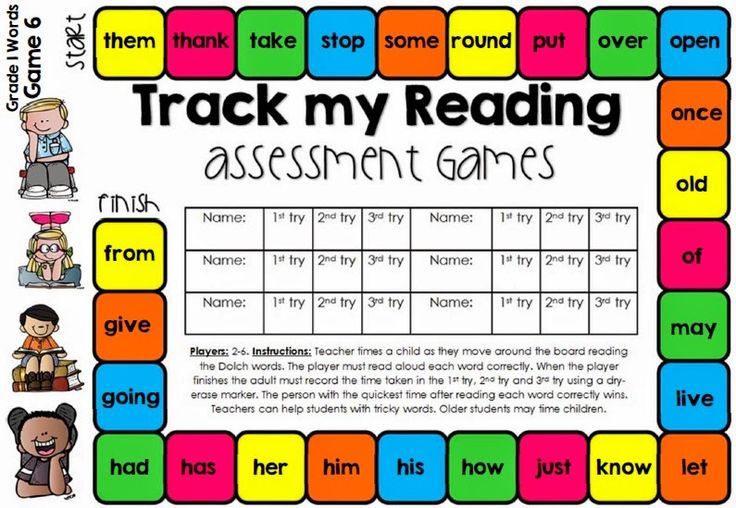
you have been taught to read incorrectly for years
For decades the teaching of reading in schools has been based on an erroneous theory about how reading works. A theory that was debunked decades ago by cognitive scientists. But it is so deeply ingrained in teaching practices and learning materials that it continues to play a leading role in teaching reading. This doesn't just make it difficult for many children to learn to read. There are children who, under this traditional system, do not receive the basis for reading they need, and it becomes almost impossible for them to ever master this process.
So what do teachers and parents need to know about the science of reading? Here's a simple summary, plus two important tricky facts to inform your choice of reading programs:
What is the science of reading?
The term "science of reading" refers to research on how we learn to read by reading experts, specifically cognitive scientists.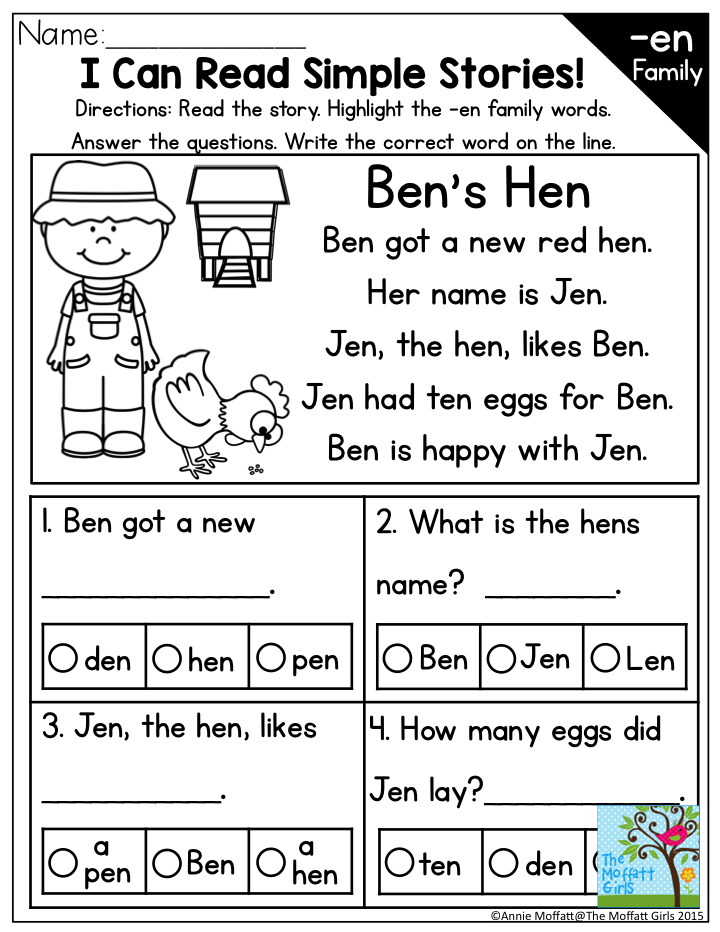 This knowledge, which has accumulated over twenty years, has helped to disprove the old methods of teaching reading, based on tradition and assumptions, not evidence.
This knowledge, which has accumulated over twenty years, has helped to disprove the old methods of teaching reading, based on tradition and assumptions, not evidence.
Phonetic Approach...
Based on the science of reading, the 2000 National Reading Panel Report stated that students need clear instruction in the basic components of reading : phonological awareness, phonetics, reading fluency, vocabulary and reading comprehension. The key difference between the scientific approach to reading and the alternatives is phonetics. The phonetic approach teaches children to start reading by manipulating the sounds in words, or by "speaking" the words.
...against the traditional approach to learning
An alternative to the phonetic approach in the debate about the correct method of teaching reading is the traditional method of teaching - the balanced literacy approach. This strategy evolved from the traditional approach to language learning in general, which assumed that children learn to read if they are given good books and taught "three-cue strategies".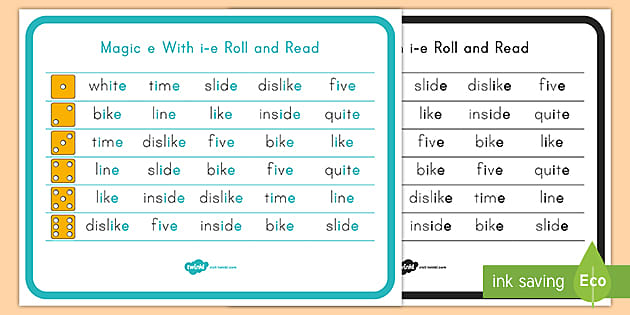 The three-cue strategy includes: semantic - semantic cues (does it make sense), syntactic - cues on sentence structure (does it sound right), and visual cues - revealing context from pictures (does it look right). This method is popular with many educators, as they believe it builds a love of books and reading.
The three-cue strategy includes: semantic - semantic cues (does it make sense), syntactic - cues on sentence structure (does it sound right), and visual cues - revealing context from pictures (does it look right). This method is popular with many educators, as they believe it builds a love of books and reading.
Although traditional curricula now include some elements of the phonetic approach, they usually do not match the more coherent approach of programs based on the phonetic method. Moreover, the incorporation of limited elements of the phonetic approach into traditional teaching is not only less effective, it is not effective at all. According to Hanford, the strategies of the traditional approach, such as "three clues", are fundamentally at odds with the teaching of phonetics. “One negates the other,” says an expert in teaching reading (Hanford, 2019). This is why the debate about the right methods of teaching reading becomes a war: there can only be one winner.
Who wins?
So what guides teachers in choosing one method out of two? What matters is how the teachers learned to read themselves. A friend of mine recently told how she listened to her seven-year-old daughter read. When the girl reached the word she did not know, she began to look at the pictures to determine what the word was. Her mom asked, "Why don't you just read the word out loud?" Obviously, mom was taught phonetics, and her daughter was taught balanced literacy.
Other factors that influence teaching method preference include the training teachers have received and the curriculum their school district uses. However, all this is changing as institutions increasingly adopt research-based teaching methods and strategies.
Skills beyond the science of reading
But that's not all. The science of reading includes a body of knowledge that goes beyond phonetics. Meaningful reading is broadly understood as “a complex task that depends on a range of cognitive and linguistic processes” (Nation, 2018).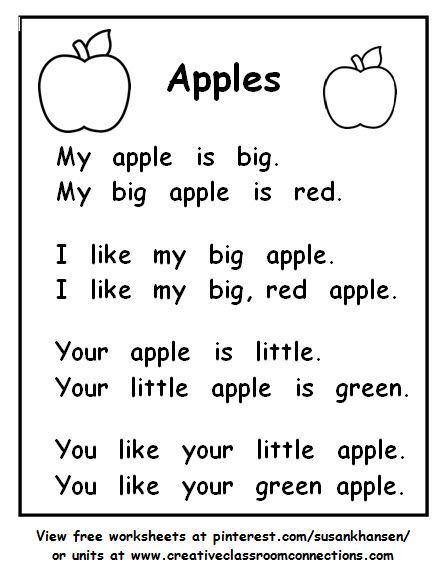
The two most important components of reading that are not given as much attention as phonetics are working memory and auditory processing.
1. Working memory
Reading scientists have recently included working memory as an important skill for learning to read.
Working memory is different from simple memorization. When children memorize what common words look like and how letters and letter combinations are pronounced, they are using one of the most primitive and evolutionarily oldest parts of the brain, the hippocampus. The hippocampus stores memories and acts as a clerk, reaching out to different areas of the brain to retrieve them.
On the other hand, when children learn phonetics, they are exercising their working memory, which is a higher order skill. Working memory engages the prefrontal cortex, a higher level area that includes executive functions that allow children to develop memory strategies and systems (Baddeley, 1983). Phonological working memory, in particular, is essential for phonetics and decoding.
Phonological working memory, in particular, is essential for phonetics and decoding.
Underdeveloped phonological working memory has been shown to be one of the factors in speech development impairment in children (Montgomery, et al., 2019). Although working memory is rarely considered a skill that can be trained in reading programs, it can actually be developed with purpose.
"As challenging as reading is, thanks to advances in neuroscience and technology, we can now target key learning centers in the brain and identify the areas and neural pathways the brain uses to read. We not only understand why experienced readers are good readers, and novice readers have difficulty reading, but we can also help any reader on the journey from early language acquisition to reading and reading comprehension - it all happens in the brain."
2. Auditory perception (processing)
Phonetics is based on the ability to distinguish details within words, the ability to associate letters with heard phonemes (sounds).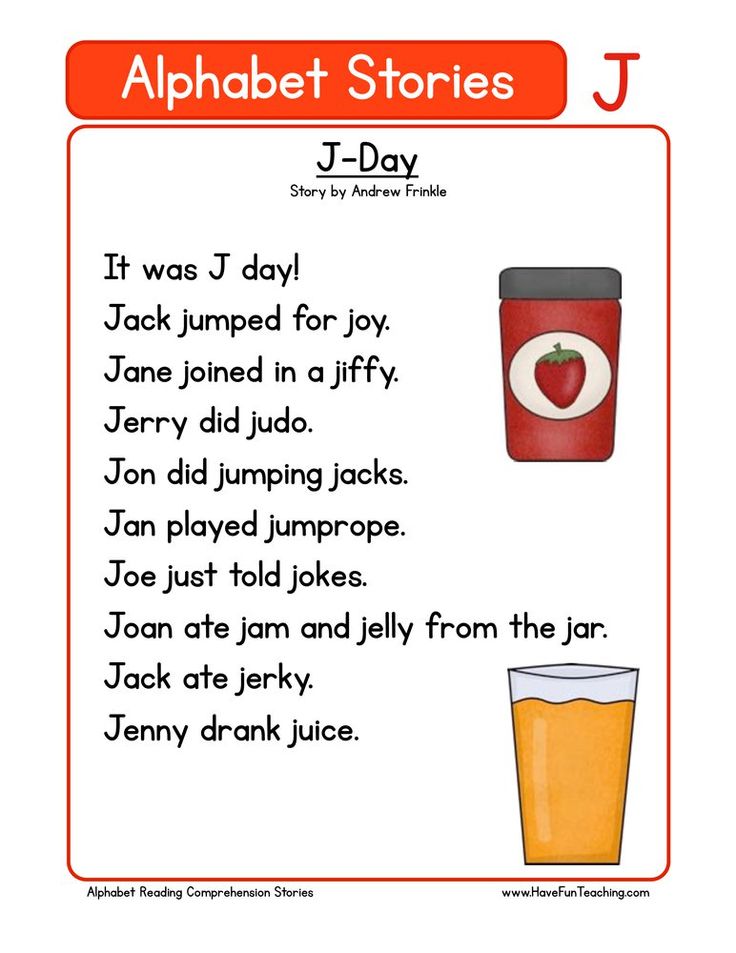 For children with hearing loss, this task is especially difficult. Students who cannot recognize small sound changes will inevitably have difficulty learning phonetics.
For children with hearing loss, this task is especially difficult. Students who cannot recognize small sound changes will inevitably have difficulty learning phonetics.
Most reading instruction manuals assume that by the time a child begins learning phonetics, auditory processing is fully developed. However, this assumption may not be correct; Hearing problems and/or auditory processing impairments affect a child's brain's ability to process sounds. Foreign language learners may also find it difficult to distinguish between similar-sounding phonemes if their native language is phonetically very different from the target language, meaning their brains are not trained to process similar sounds.
Research shows that processing speech sounds is the fastest thing the human brain can do. Those who lag behind in the accuracy and speed of auditory processing need to apply techniques that can act just as quickly and train the areas of the brain responsible for this cognitive function.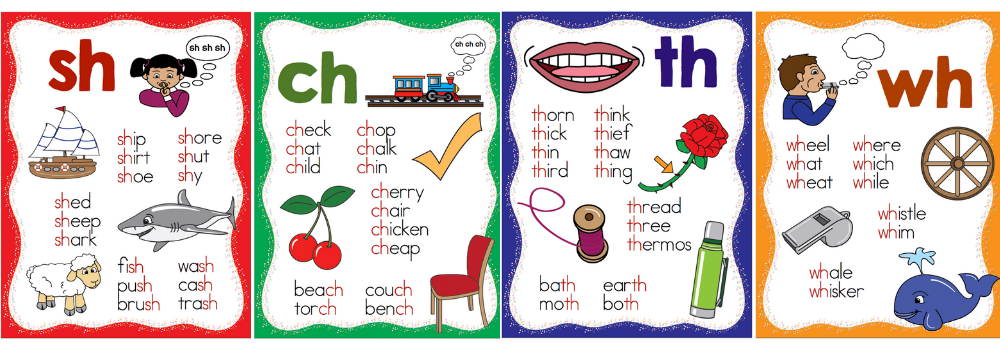 Such brain training is effective both before the child begins to study phonetics, and during the subsequent study of phonetics in high school - for students who did not succeed in phonetics for the first time.
Such brain training is effective both before the child begins to study phonetics, and during the subsequent study of phonetics in high school - for students who did not succeed in phonetics for the first time.
What can parents and educators do?
-
Be open to the science of reading, especially if you have been taught to teach using a traditional teaching approach. It's hard to hear that what you've believed in and used for years isn't the best teaching method for your students, but child development is worth the effort.
-
Learn as much as you can about the science of reading. There are many studies and articles on the effectiveness of teaching reading through a phonetic approach, as well as other aspects of the science of reading. Schools can start working on the necessary professional development so that teachers can use the best teaching strategies possible.
-
Use phonics-based techniques that develop key reading and learning skills, as well as cognitive functions such as working memory and auditory processing, which research shows are critical to learning to read.
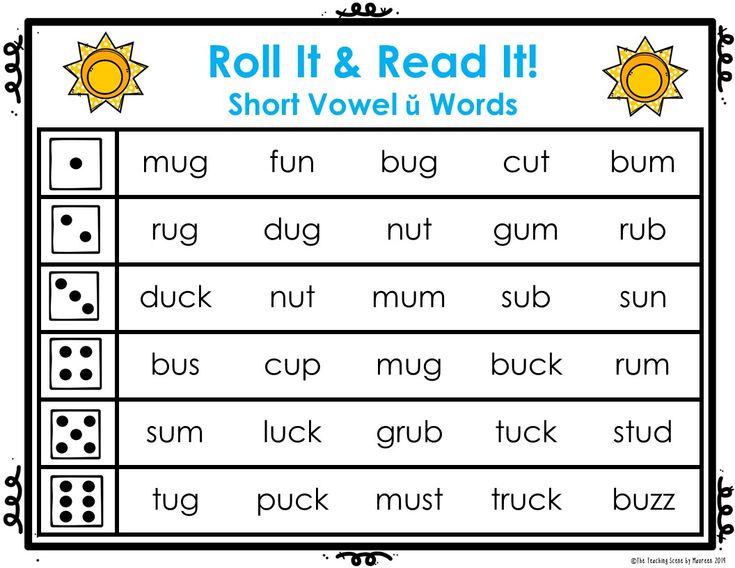 A good example is Fast ForWord, an online method for students of all ages. It develops speech, reading and cognitive functions, which are fundamental for learning. This solid foundation will allow the child to become a successful student in any discipline.
A good example is Fast ForWord, an online method for students of all ages. It develops speech, reading and cognitive functions, which are fundamental for learning. This solid foundation will allow the child to become a successful student in any discipline.
Source
Primary education in reading. Onomatopoeia
- Material Information
- Parents
Primary reading instruction is sound imitation, the first phonetic lessons. It is onomatopoeia for children that is of paramount importance in order to quickly learn to read.
Children learn many things, including reading, through play, but these days reading skills are taught through a system. This is done from the very first days in kindergarten until the first years of elementary school. For parents, figuring out how to best support their child in the early stages of learning to read remains a bit of a mystery, especially since teaching methods have changed since they were in school.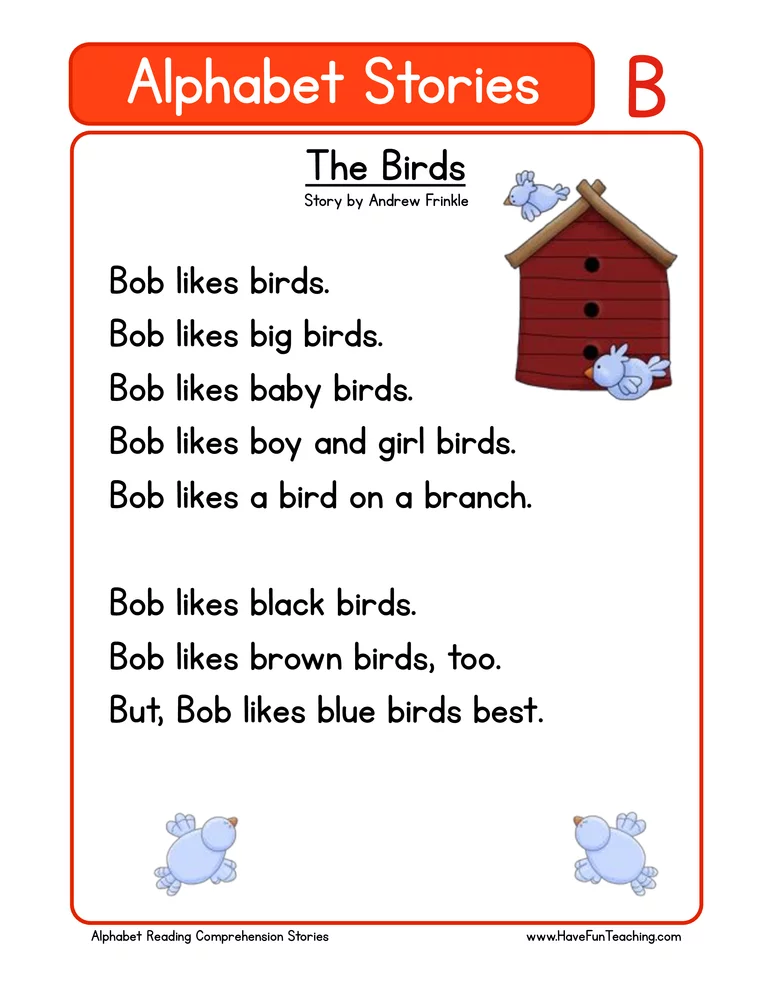
Here we will talk about how children are prepared from an early age for reading in England. Parents can take note of this method and use it when teaching their child to read in their native language, as well as when teaching to read in English.
How to help a child?
The following are tips and tricks for parents on the learning material that children usually learn in school, as well as some ideas on how to help a child if he or she is having difficulty.
Do it at ease
Remember that the purpose of phonetics is to help your child learn to read as quickly as possible so that he can freely read whatever he likes! No one wants reading to become a chore, so learning should be playful, engaging, and engaging.
Whatever stage your child is in, don't forget:
- Phonetic lessons should be short and focused. Try to stop before the child gets tired of homework! As a rule, it should be no more than 10 minutes.
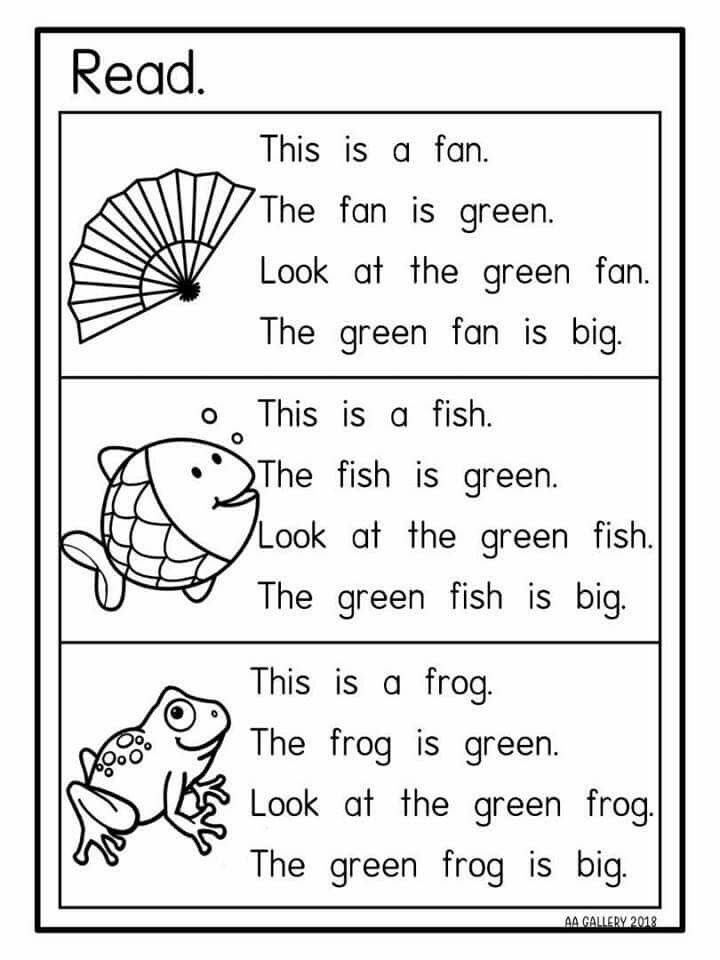
- Make learning as fun as possible for your child, in a playful way.
- Find a time to study when your child is not tired, and find a quiet place where he will not be distracted by the TV or noisy siblings.
- Even when your child has already learned to read on his own, continue to read books to him aloud! During this period, fairy tales and stories, high-quality popular science literature, as well as a pleasant quiet pastime with a discussion of what you have read are important!
- If you are concerned about the poor progress of your child, go to https://zvukibukvy.ru/, where phonetic analysis of words is presented in all its diversity, or talk to the teacher. Share your concerns and ask for advice. This often helps and can be a great source of new ideas to support your child!
Infants and preschool children
This is one of the most important moments for teaching children. They will absorb ideas and information like sponges, so this is a great time to start teaching them to read.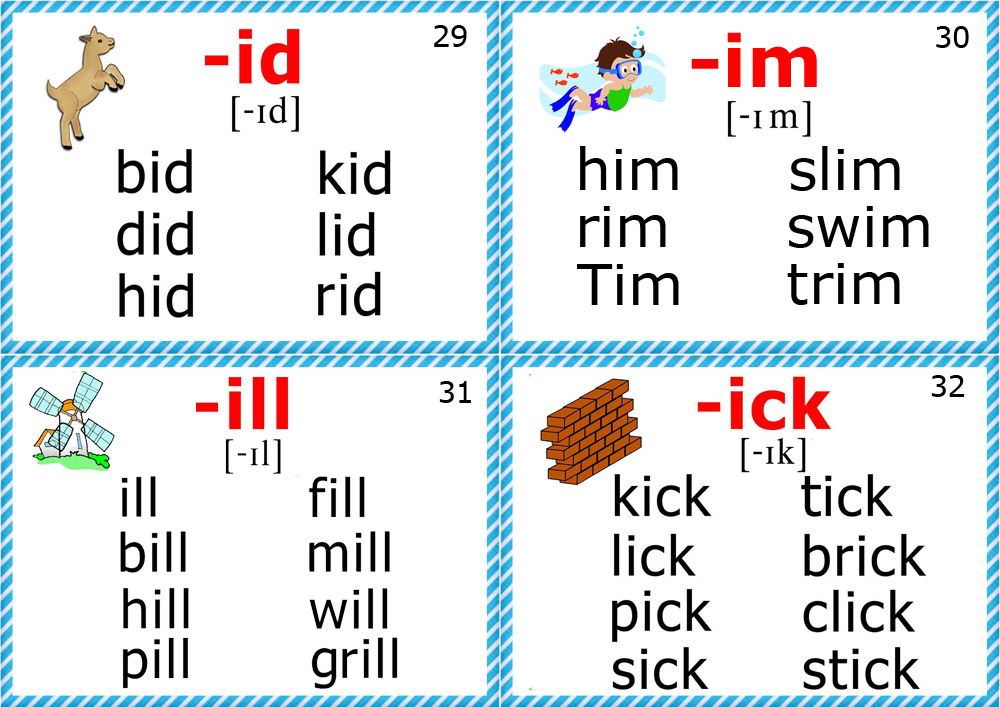
In preschool classes, educators help children develop the listening skills they will need to become successful readers. In songs, stories, nursery rhymes and games, babies discover many sounds. They begin to get used to hearing and repeating them. This stage is often called the first phase of phonetics.
Here is what they do in English kindergartens at this age period for children:
- Listen to the sounds of the world and copy them.
- Use of toys, objects, own body and voice to extract and copy sounds.
- Listening to rhythms and rhymes (for example, identifying rhyming words in a nursery rhyme).
- Listening to sounds in spoken words and separating the word into separate sounds (for example, 'd-o-g' makes the word 'dog').
All of this may not seem like reading, as children do not focus on writing and words, but it is a very important preparation for the next stage.
Onomatopoeia games for children
- Use what the child loves! If he loves animals, listen to how many different animal sounds he can make.
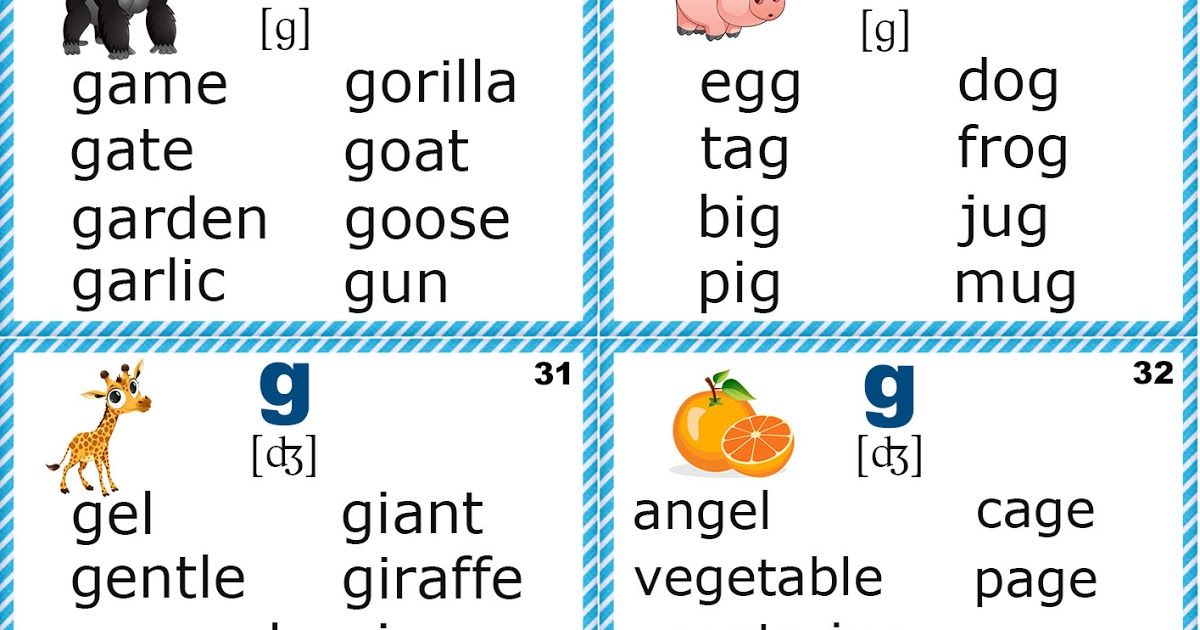 Can he copy the sound you make and say what kind of animal it is? Or, if he loves trucks, cars, and excavators, encourage him to make the appropriate sounds when he plays.
Can he copy the sound you make and say what kind of animal it is? Or, if he loves trucks, cars, and excavators, encourage him to make the appropriate sounds when he plays. - When you and your child leave the house, listen to the sounds around you - birdsong, traffic noise, etc. Can your child tell that he makes a particular sound? Can he copy it?
- Sing songs and rhymes with your child. Can your child clap their hands when they hear a rhyming word?
- Clap your hands or tap something according to the rhythm. Can your child copy this? Can he clap his hands with his rhythm so that you copy him?
Teaching general phonetic rules
Phonetics is the use of sounds produced by individual letters and groups of letters to read words. Strictly speaking, phonetics, as a branch of linguistics, studies the sounds of speech, the sound structure of the language (syllables, sound combinations, patterns of connecting sounds in a speech chain) and intonation with which they are pronounced.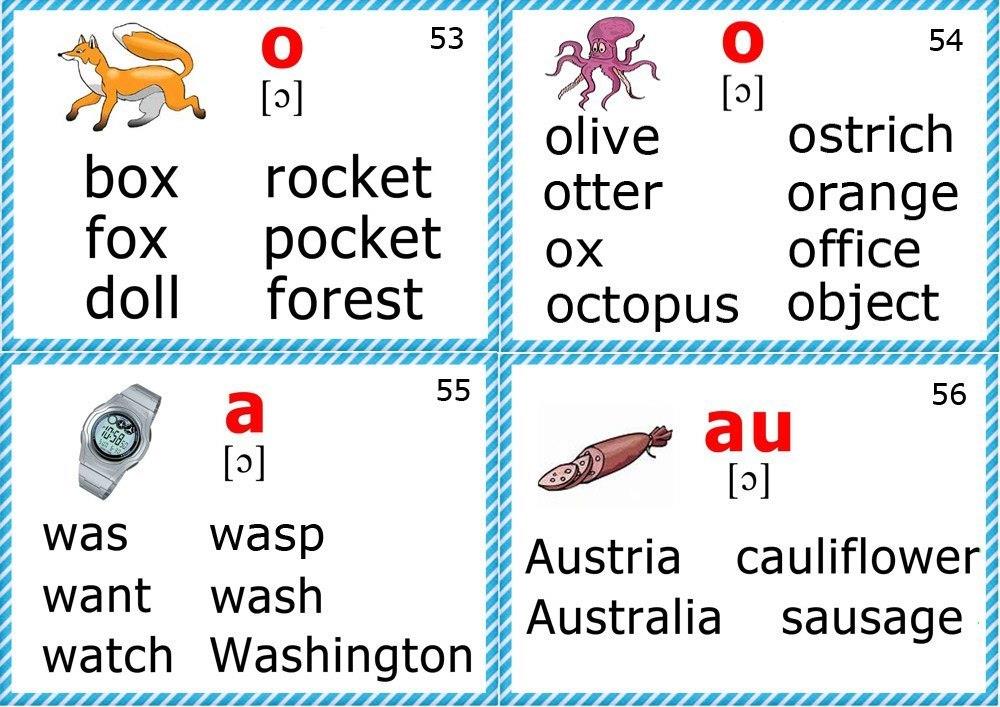
Most schools in the UK now teach reading using phonics. It's widely used because research shows it works! That is why the official school curriculum says that children should be taught to read using the rules of phonetics.
English schools use many different phonics programs and systems - some of them are Jolly Phonics, Read Write Inc, Big Cat, Bug Club and Oxford Reading Tree. Thus, the exact order in which the various letter sounds are introduced depends on the scheme used by the school. But most of the sound schemes used in schools are based on the government's "Letters and Sounds" guide.
Writing and sounds are divided into five stages. Stage 1 is used in activities with preschoolers where they learn to listen to sounds and copy them. In kindergarten, before children start learning letter names, they develop listening and onomatopoeia skills. For children, this is necessary so that they tune in to different sounds in words, and then be able to recognize and pronounce them.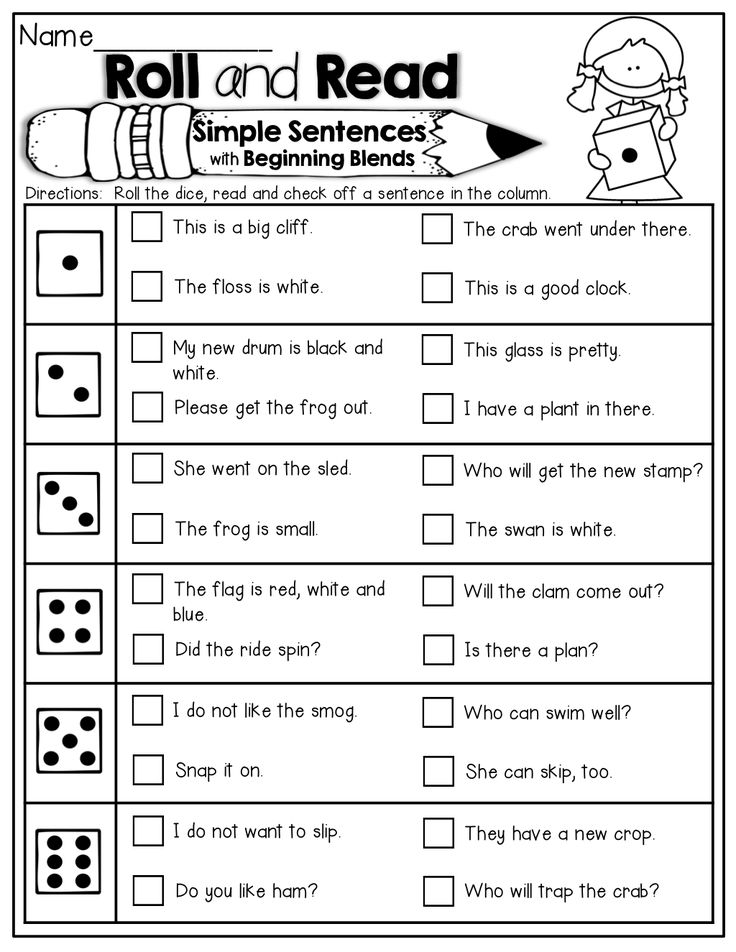
Children usually begin to really engage in Phase 2, towards the start of their first year of school. During this period, most of the letters of the alphabet are introduced. In kindergarten (Reception) and primary (Primary 1 and Primary 2) grades, the letters of the alphabet are entered in a set order, and children learn one sound for each letter. At this point, they can say and read simple short words such as 'c-a-t, cat' and 's-u-n, sun'. The children then learn that some letters make different sounds when they are connected, such as 'sh', 'ee' and 'ai'.
After children learn to read words with the most common letter-sound combinations, they move on to learning many alternative combinations and practice reading increasingly difficult words. By the time they finish their first year of primary school (in England, 5-6 year olds), most children will be able to read just about any familiar word in English. In the second grade (age 6-7 in England), children improve their skills by practicing using phonetics to read and write less familiar and more complex words.




